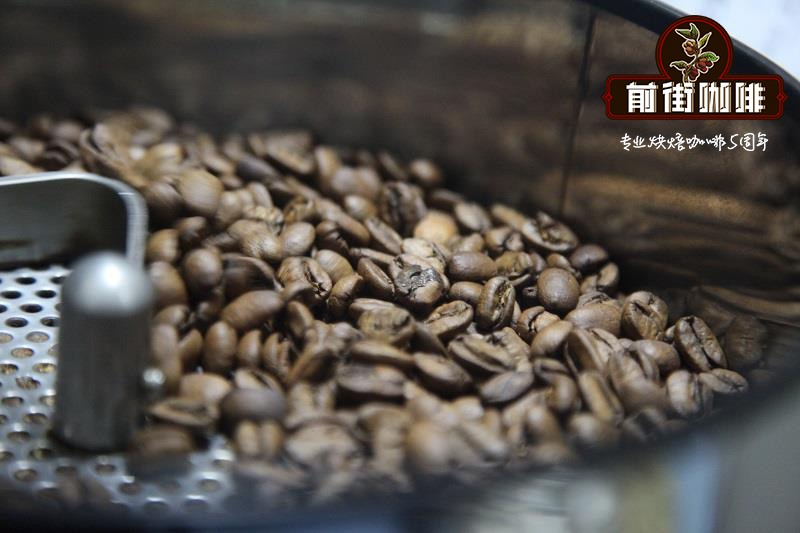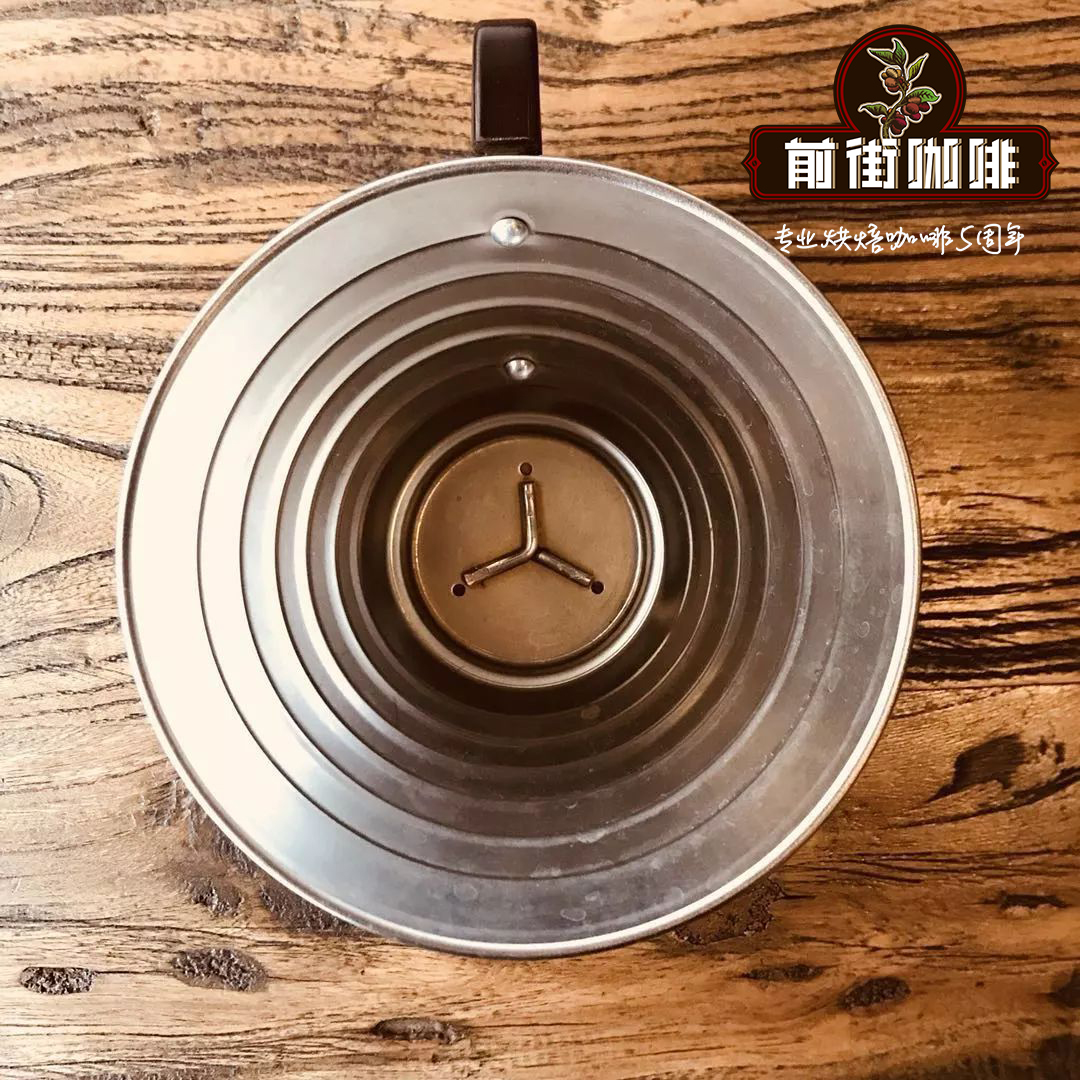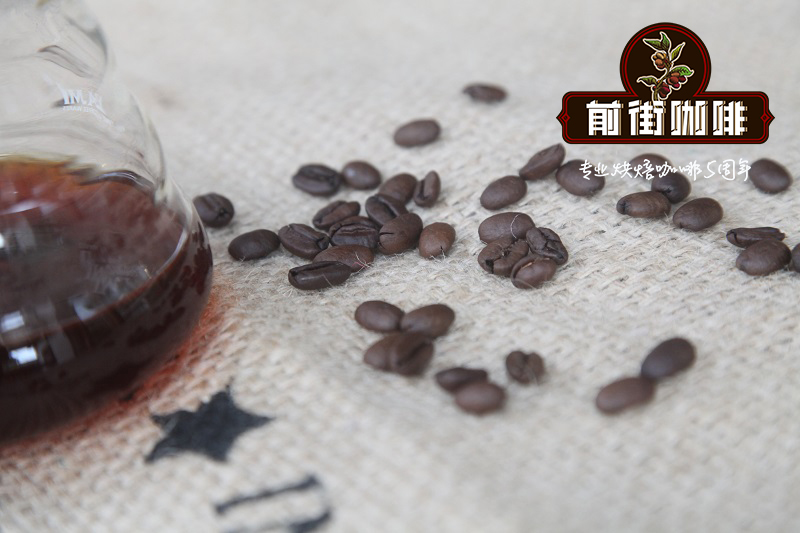What is the Indian monsoon barista? What are the flavor characteristics of Indian monsoon coffee?

Professional coffee knowledge exchange more coffee bean information please follow the coffee workshop (Wechat official account cafe_style)
Monsoon coffee (rainy season Malaba) is a unique coffee from southern India using a typical air-drying process, specially stored in an open warehouse and exposed to the monsoon to increase viscosity and reduce acidity.

Monsoon coffee is stored in a special warehouse until the monsoon arrives, and the ventilation structure is designed to allow the moist monsoon to circulate between the coffee beans, so that its volume expands and shows a mellow but strong mildew smell. The monsoon process is labor-intensive: coffee is spread out in special ventilated warehouses and raked or turned by hand to allow coffee beans to absorb moisture in the moist wind. The whole process takes 12 to 16 months, in which the coffee beans expand to twice their original volume and have a dull golden yellow. Then the coffee beans that are not fully inflated are picked out with extra processing, and the rest of the coffee is to be exported.
The aroma of this dried coffee is not very strong, but with the addition of water, a combination of strongly roasted nuts (dry-roasted peanuts), caramel and tobacco come to the nostrils.

The characteristics of Indian coffee:
Monsoon coffee is the most representative type of coffee in India. In fact, India is the first country in Asia to grow coffee. The cultivation of Indian coffee originated from their colonists-the British. As early as the 17th and early 18th centuries, the English were not as addicted to tea as they are now, they liked coffee. The coffee growing industry in India has grown rapidly under the demand and promotion of the British.
Strictly speaking, monsoon coffee can not be attributed to coffee varieties, but a unique processing method of raw coffee beans, is a new flavor created inadvertently. In the 17th and 18th centuries, India shipped coffee beans to Europe by sailboat, which took six months. The raw beans were placed on the bottom of the barn and absorbed the moisture and salty taste of the sea. The raw beans arrived in Europe long ago. The color changed from dark green to the yellowish brown of rice. The acidity of the coffee almost disappeared, but it unexpectedly developed a strong nutty and cereal flavor. It tasted full, with a bit of black rice tea flavor. Surprisingly, Nordic people like this kind of golden alternative coffee very much.
Monsoon coffee needs to be made with sun beans. The factory where beans are stored faces to the west. The beans are laid flat in the field, and the windows are all open to catch the salty monsoon from the southwest. After reaching a certain extent, put it into the bag, but the coffee beans should not be too full, and the coffee bags should not be piled too dense so as not to be airtight and moldy, and it is time-consuming and labor-consuming to pour out coffee beans and replace sacks from time to time to avoid mold. This period of time is about 12 to 16 weeks, and after it is ripe, it will be fumigated to drive out the weevil, and finally to sift out the failed beans that have not turned golden.
After at least six months to a year of monsoon blowing, the quality and quantity of beans have changed significantly. Coffee beans will swell to twice their size, reduce their weight and density, and have a moisture content of about 13%.
When steamships shorten the journey time, coffee producers find that consumers still want beans of the same color and taste that are affected by long trips. In order to recreate the flavor of the original coffee, the "monsoon" process was used.
Flavor: smooth and delicious, strong, spicy, full of particles

Suggested baking method: medium baking
Important Notice :
前街咖啡 FrontStreet Coffee has moved to new addredd:
FrontStreet Coffee Address: 315,Donghua East Road,GuangZhou
Tel:020 38364473
- Prev

What are the characteristics of Indian coffee? What kind of fine coffee do you have in Indian coffee?
Professional coffee knowledge exchange more coffee bean information please pay attention to the coffee workshop (Wechat official account cafe_style) coffee characteristics: 1, the overall taste of Indian coffee mild, low acidity and high quality, with a strong exotic tone and strong aroma, full-bodied spice, lingering finish. It is praised as the best light coffee in the world. 2. Growth conditions: gas in coffee growing areas in India
- Next

What is the coffee industry in India? What are the problems behind India's coffee industry?
Professional coffee knowledge exchange More coffee bean information Please pay attention to coffee workshop (Weixin Official Accounts cafe_style) Coffee has long been regarded as a legend in India. Today, local coffee farmers are committed to better flavor and yield. CHIKMAGALUR, INDIA Jacob Mammen holds coffee beans that look processed. Naked grey
Related
- Detailed explanation of Jadeite planting Land in Panamanian Jadeite Manor introduction to the grading system of Jadeite competitive bidding, Red bid, Green bid and Rose Summer
- Story of Coffee planting in Brenka region of Costa Rica Stonehenge Manor anaerobic heavy honey treatment of flavor mouth
- What's on the barrel of Blue Mountain Coffee beans?
- Can American coffee also pull flowers? How to use hot American style to pull out a good-looking pattern?
- Can you make a cold extract with coffee beans? What is the right proportion for cold-extracted coffee formula?
- Indonesian PWN Gold Mandrine Coffee Origin Features Flavor How to Chong? Mandolin coffee is American.
- A brief introduction to the flavor characteristics of Brazilian yellow bourbon coffee beans
- What is the effect of different water quality on the flavor of cold-extracted coffee? What kind of water is best for brewing coffee?
- Why do you think of Rose Summer whenever you mention Panamanian coffee?
- Introduction to the characteristics of authentic blue mountain coffee bean producing areas? What is the CIB Coffee Authority in Jamaica?

